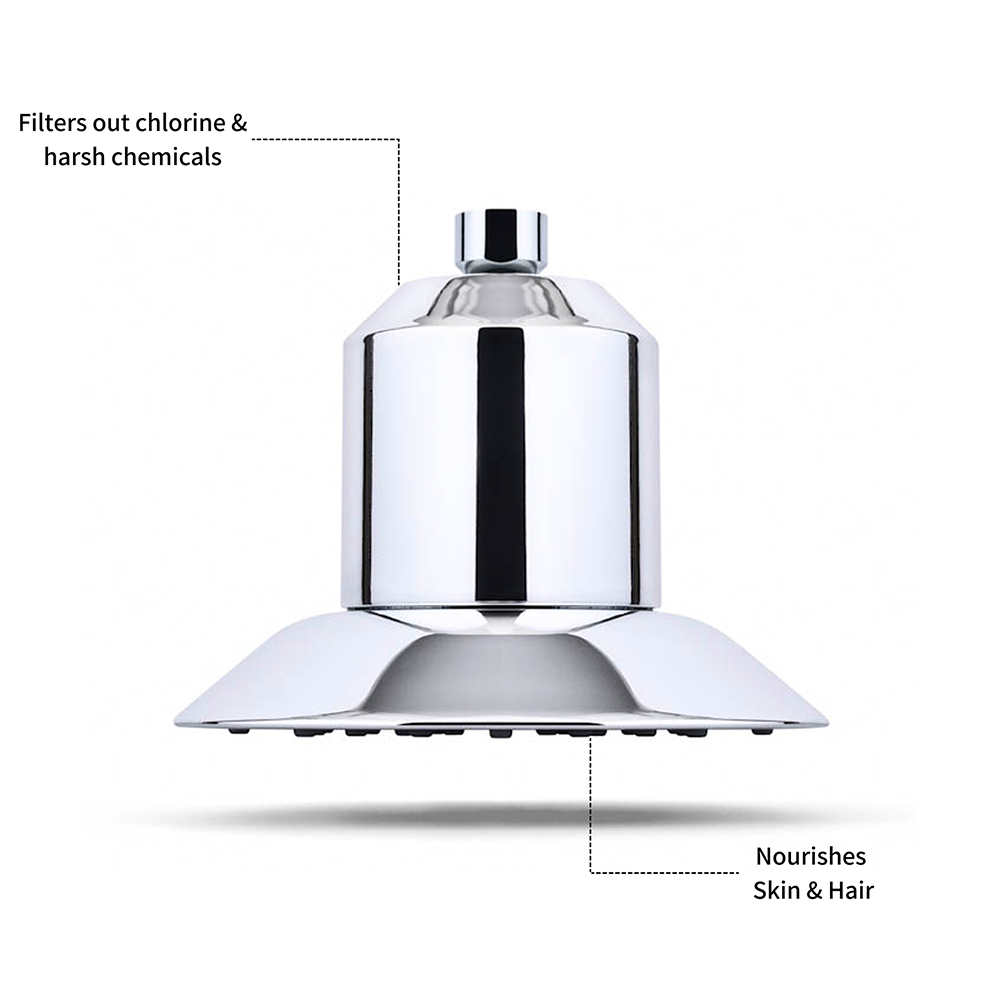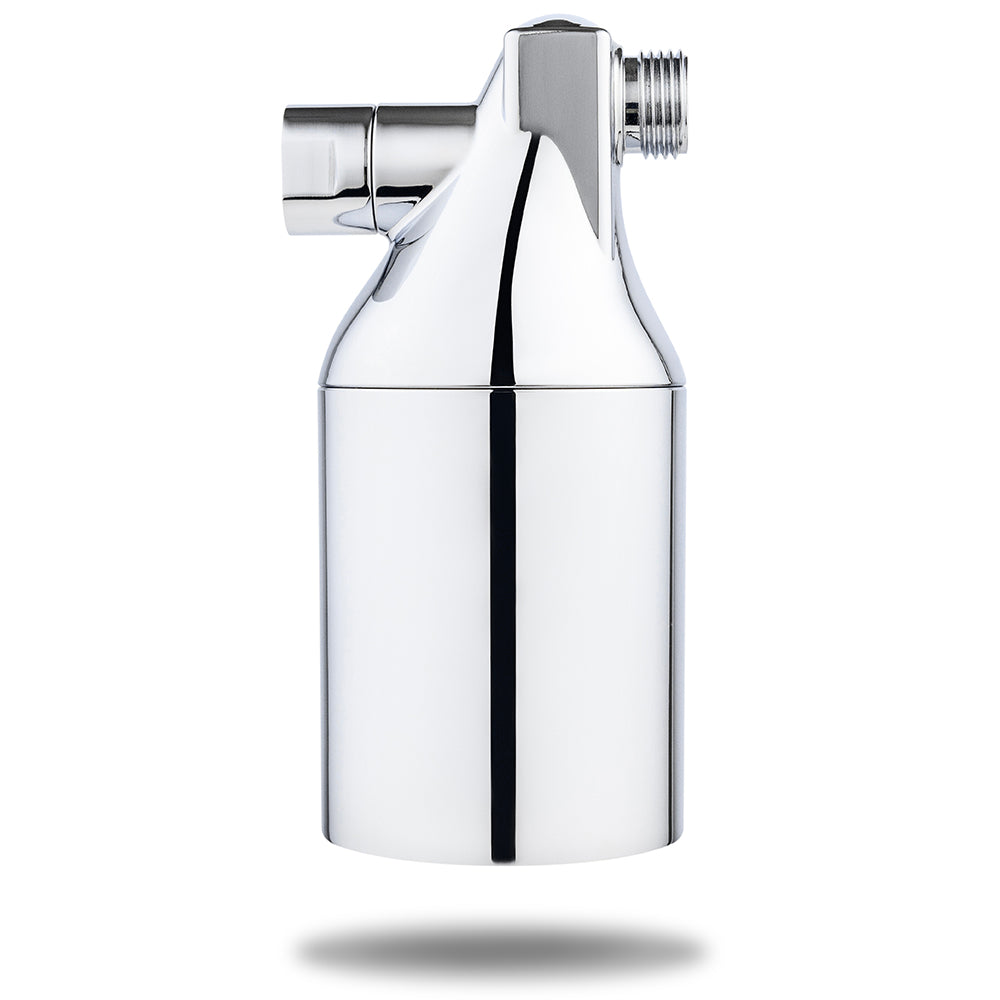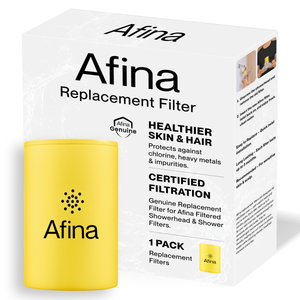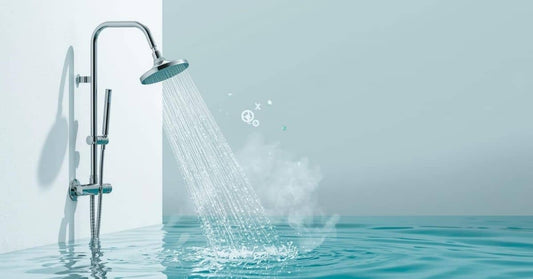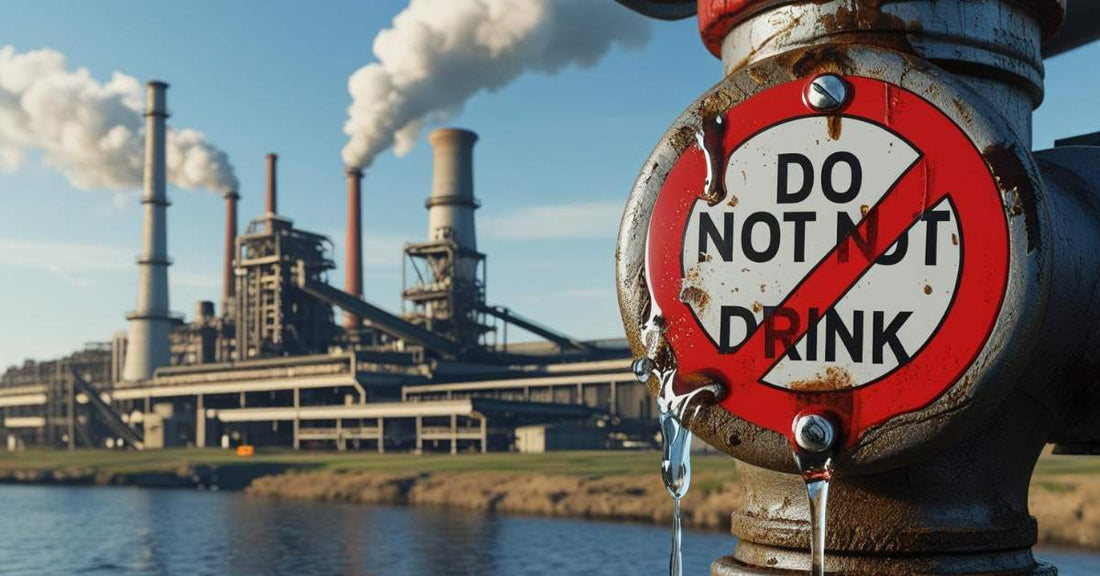
When Tap Water Turns Toxic: Real Stories of What Lurks at Home
 Katherine Schneider
Katherine Schneider
Clean water feels like a given. But across the U.S., families are finding out that what flows from their taps isn’t always as safe as it looks. From lead pipes to farm runoff, here are some of the most striking examples of poor water quality, and why it matters for your health.

Flint, Michigan: Lead in Plain Sight
Flint became a household name in 2014 when tens of thousands of children were exposed to lead after the city switched its water source. Corrosive water pulled lead from aging pipes, poisoning residents in ways no one could see, smell, or taste.
The damage? Developmental delays in children, neurological problems, and lifelong health challenges.
“Every time there’s lead in the pipes, there is a risk of lead in the water,” said Elin Betanzo, a water safety expert who helped uncover the Flint crisis.
Washington, D.C.: Corrosion Gone Wrong
Before Flint, Washington, D.C. quietly dealt with its own lead crisis. In the early 2000s, a change in water disinfectants made the system more corrosive, pulling lead into thousands of homes. Parents only discovered the issue after testing showed dangerous lead levels in children’s blood.

Newark, New Jersey: Filters as a Lifeline
In Newark, thousands of homes were found to have unsafe lead levels. The city scrambled to hand out water filters and bottled water, while crews began the slow process of replacing pipes. For many residents, filters became the only line of defense between their families and toxic water.

Corpus Christi, Texas: Oil Contamination
In 2016, a chemical leak from an asphalt plant contaminated Corpus Christi’s water supply. More than 300,000 people were suddenly told not to drink, cook, or even bathe with their tap water. It was a sharp reminder of how quickly industrial accidents can put entire cities at risk.

Why You Should Filter Your Shower Water
You may not live in Flint or on a farm in Iowa, but these stories show that water problems don’t only happen “somewhere else.” Even in safe water systems, everyday issues like chlorine, rust, sediment, and trace contaminants still make it into your home.
And while most people think about filtering drinking water, your shower is one of the biggest ways your body absorbs what’s in your water. Hot water opens your pores, allowing chlorine and other chemicals to penetrate skin, while steam carries them into your lungs. That’s why many people experience dry skin, brittle hair, or irritation after showering in untreated water.
The Afina Difference
The Afina filtered showerhead is designed to reduce chlorine, heavy metals, and sediment — so your water works for you, not against you. The result? Softer skin, healthier hair, and peace of mind every time you step into the shower.
Because clean water shouldn’t be a luxury. It should be your daily standard.
